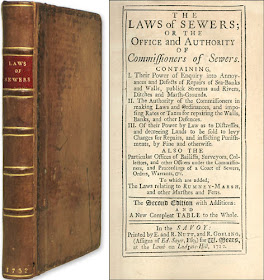Claims were made by the British and French governments against the owners of the vessel and the subsequent settlement was the largest ever in marine history for an oil claim. The British government was able to serve its writ against the owners only by arresting the Torrey Canyon's sister ship, the Lake Palourde, when she put in for provisions at Singapore, four months after the oil spill. A young British lawyer, Anthony O'Connor, from a Singaporean law firm, Drew & Napier, was deputised to arrest the ship on behalf of the British government by attaching a writ to its mast. O'Connor was able to board the ship and serve the writ as the ship's crew thought he was a whisky salesman. The French government, alerted to the Lake Palourde's presence, pursued the ship with motor boats, but crew were unable to board and serve their writ.More importantly, the disaster led to a series of changes in international law, as told by the International Maritime Organization, including amendment of the International Convention for the Prevention of Pollution of the Sea by Oil and adoption of the International Convention for the Prevention of Pollution from Ships.
The spill also led to early legal scholarship on environmental law, including Albert Utton's 1968 "Protective Measures and the 'Torrey Canyon'" and Colorado water law scholar Ved Nanda's "The Torrey Canyon Disaster: Some Legal Aspects".










